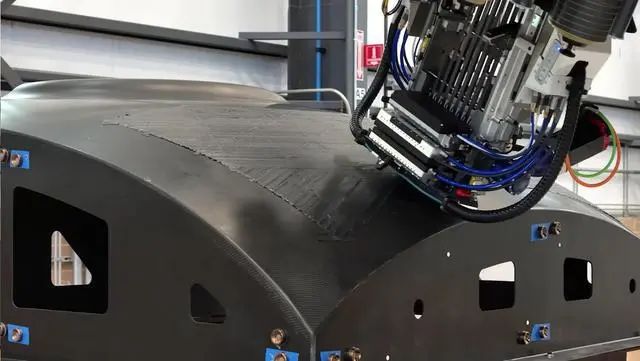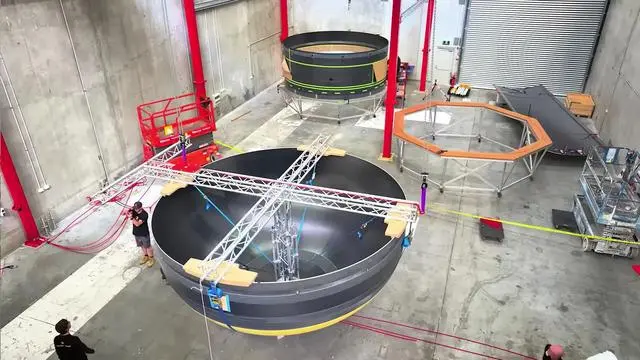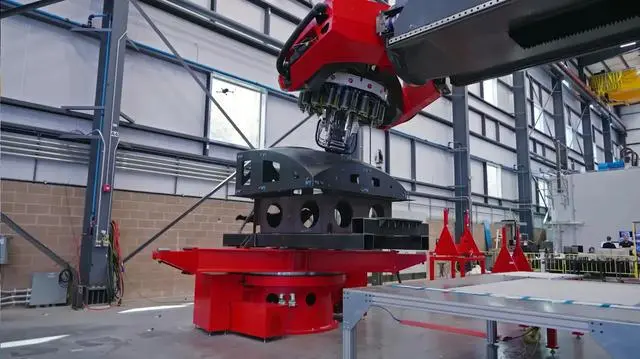Rocket Lab USAs Neutron medium payload rocket has made innovative progress in space travel-the largest composite rocket ever built. Initially, hundreds of layers and thousands of square feet of carbon fiber were hand-laid onto a mold that took a large team weeks to complete.

Now, the 39-foot-tall carbon composite 3D printer can lay 328 feet of carbon fiber per minute, and with Rocket Labs new Automated Fiber Placement (AFP) machine, it can be done in a day.
You can think of it as something like a 39-foot (12-meter) tall, 75-ton autonomous 3D printer, which can print layers of carbon fiber at a speed of 328 feet (100 meters) per minute. Rather than “printing” parts, it lays sheets of carbon fiber layer by layer in different directions to enhance the strength and stiffness of each structure.

The AFP has a lateral movement capacity of up to 98 feet (30 meters), so it is fully capable of laying the largest components-the 91-foot (28-meter) long neutron rocket intermediate stage and fairing. It takes weeks to lay these structures by hand.
While AFP can print it out within 24 hours AFP is also responsible for layering the first stage, which is 22.9 feet (7 meters) in diameter, and the second stage, which is 16.4 feet (5 meters) in diameter. While machining the workpiece, the built-in fully automated inspection system scans for defects or blemishes in the carbon composite structure and pauses to alert the operator before proceeding to the next layer of machining.

SpaceXs Starship is mainly made of stainless steel (300 Series “HFS”, like the Cybertrucks “bulletproof” material), while Boeings Starliner uses mainly aluminum alloy. Initially, SpaceX considered using CF composites on the Starship, but ultimately chose stainless steel considering its cost-effectiveness, temperature resistance, and durability.
AFP head can rotate 360 degrees to allow as quickly as possible laying from any direction CF Rocket Lab expects the use of AFP to make the worlds largest composite reusable rocket cheaper to build and faster and easier to produce, saving more than 150,000 worker times.

The Rocket Lab website says the company aims to launch its first neutron rocket in 2025.




